Meadow birds
Black-tailed Godwit
Endangered long-beak
Godwits are typical meadow birds. They have long legs which they use to walk extremely skilfully and quickly through the vegetation. Their inconspicuous plumage makes them excellently camouflaged. When breeding, Godwits are territorial, but they have only small nesting territories. Otherwise they are very sociable and can be observed in larger groups.
Godwits forage mainly by probing the soil with their long beaks. The chicks pick invertebrates off the vegetation and have high food requirements (3,000–6,000 prey animals per day). Therefore, they spend up to 12 hours a day foraging. In doing so, the chicks can cover distances of up to 5 km.
Profile
| Scientific name | Limosa limosa |
| Call | Weeka … weeka … weeka |
| Food | Small invertebrates, sometimes seeds |
| In breeding grounds | March to July |
| Clutch size | 3–4 |
| Broods per year | 1 |
| Population trend in Europe | Declining |
Pictures
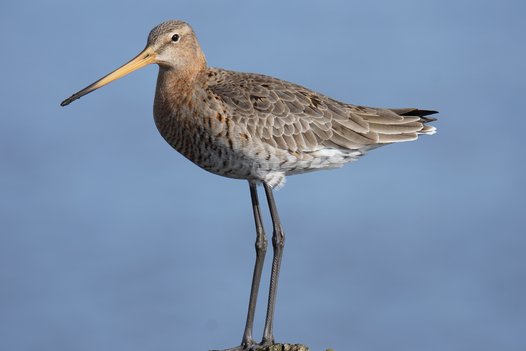
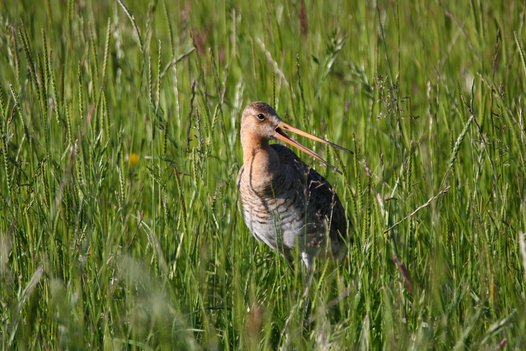
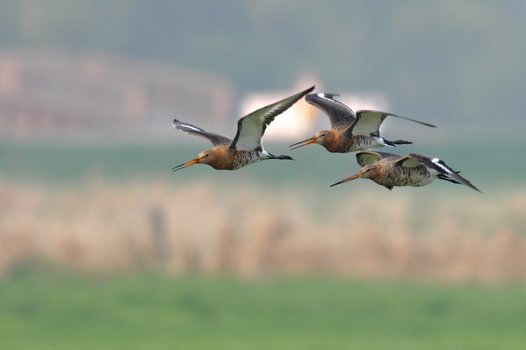
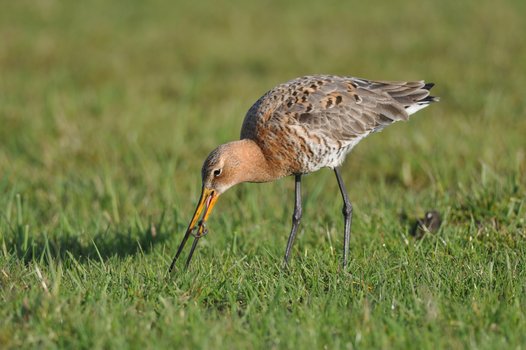
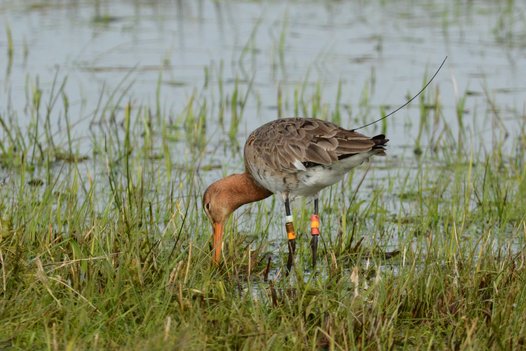
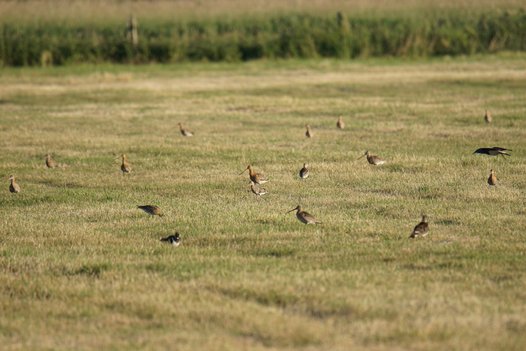
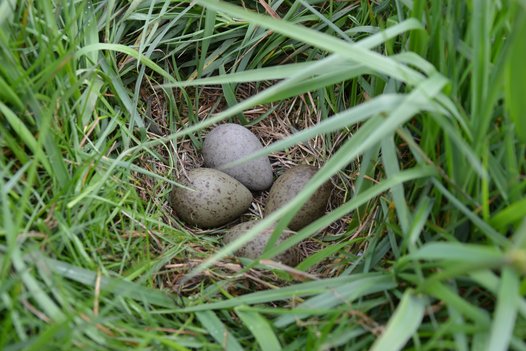
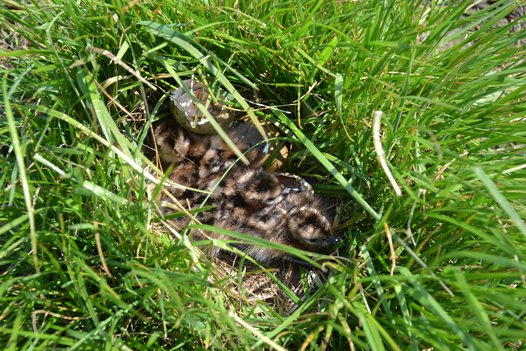
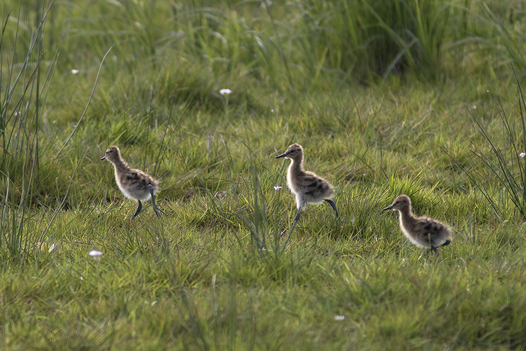
More information
Find out more about the Black-tailed Godwit.